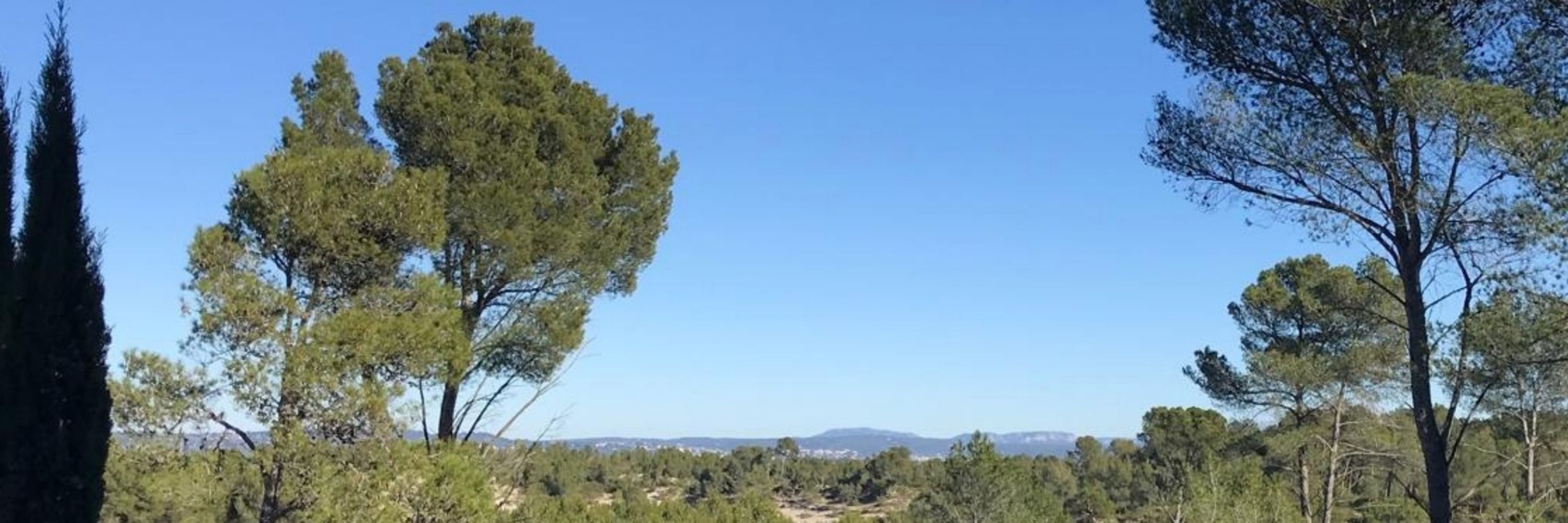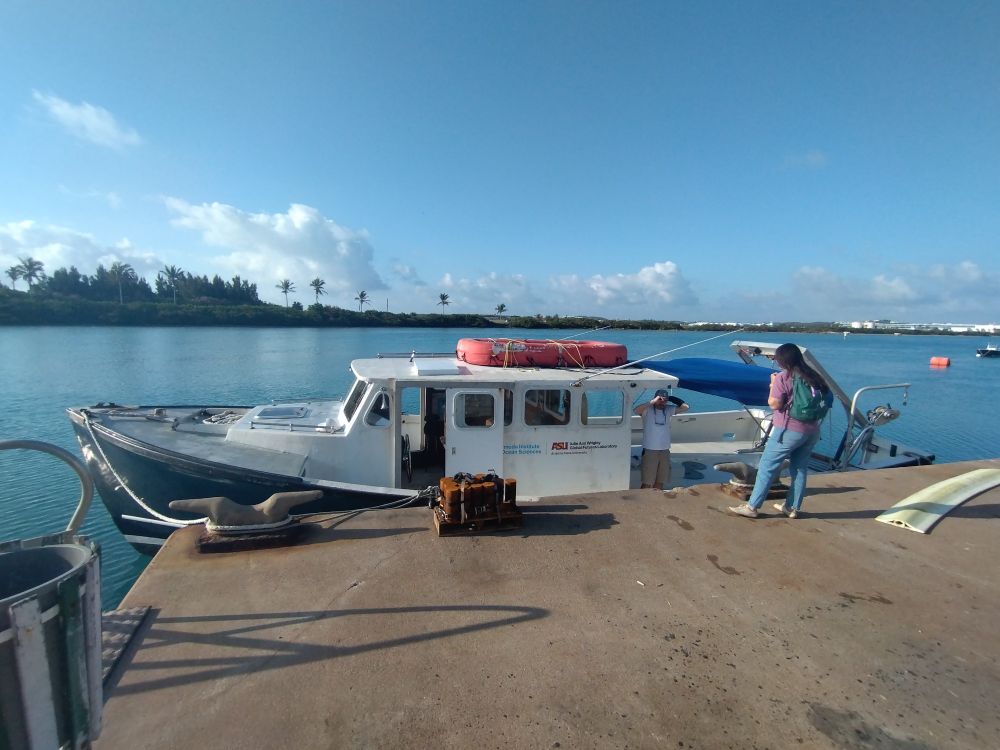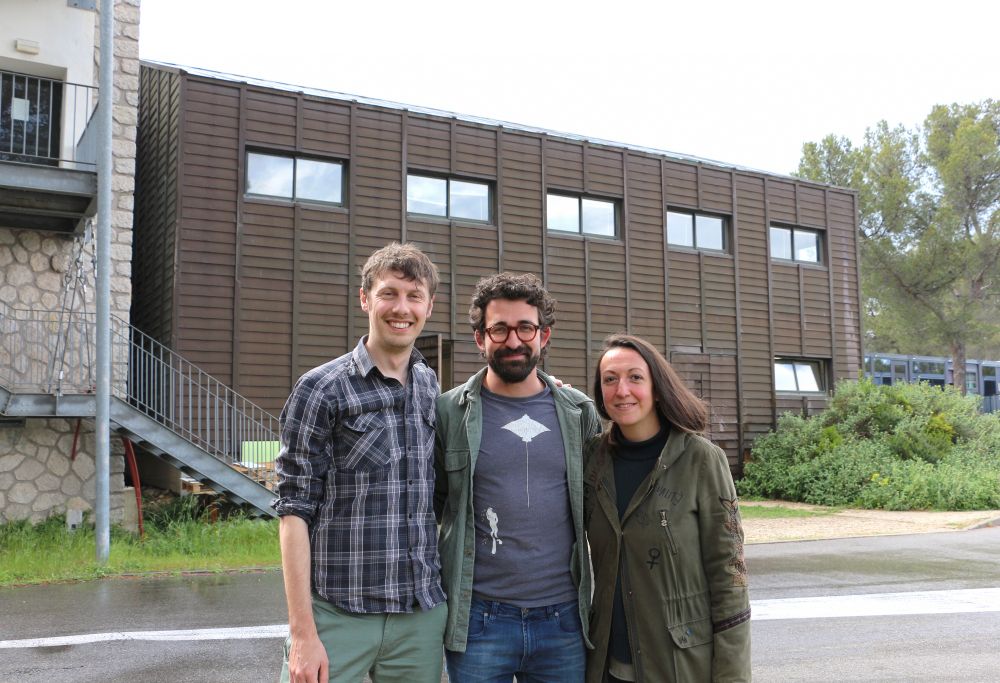
exoCean Laboratory
@exoceanlab.bsky.social
Laboratory of experimental oceanography based at CEREGE 🦚, Aix-en-Provence 🇫🇷. We culture, measure, and dissolve carbonates!
📨 exocean@cerege.fr
🌡️🌊🫧🐚🪸🔬
@juliemeilland.bsky.social, @sulpis.bsky.social, @chalkyoceans.bsky.social
📨 exocean@cerege.fr
🌡️🌊🫧🐚🪸🔬
@juliemeilland.bsky.social, @sulpis.bsky.social, @chalkyoceans.bsky.social
The lab keeps evolving and we are THRILLED! More equipment is about to arrive, some more is planned, and we feel super excited about our different projects. Also really… what a view when the doors are open, one can even see the emblematic « sainte victoire » behind the trees!


October 2, 2025 at 9:55 AM
The lab keeps evolving and we are THRILLED! More equipment is about to arrive, some more is planned, and we feel super excited about our different projects. Also really… what a view when the doors are open, one can even see the emblematic « sainte victoire » behind the trees!
We're away from our lovely light and temperature controlled incubators @exoceanlab.bsky.social, but that doesn't mean we can't keep our plankton happy. @biosstation.bsky.social water baths to the rescue. If you've ever wondered what culturing for trace isotope systems looks like, it's this! #d11B

May 20, 2025 at 1:29 AM
We're away from our lovely light and temperature controlled incubators @exoceanlab.bsky.social, but that doesn't mean we can't keep our plankton happy. @biosstation.bsky.social water baths to the rescue. If you've ever wondered what culturing for trace isotope systems looks like, it's this! #d11B
Back in France, exoCean is still working hard...
🐚✨ A tiny miracle in the lab!
For the first time in our team’s history, we’ve successfully harvested pteropod egg sacs and captured the moment of their eclosion on film.
🐚✨ A tiny miracle in the lab!
For the first time in our team’s history, we’ve successfully harvested pteropod egg sacs and captured the moment of their eclosion on film.

May 12, 2025 at 4:06 PM
Back in France, exoCean is still working hard...
🐚✨ A tiny miracle in the lab!
For the first time in our team’s history, we’ve successfully harvested pteropod egg sacs and captured the moment of their eclosion on film.
🐚✨ A tiny miracle in the lab!
For the first time in our team’s history, we’ve successfully harvested pteropod egg sacs and captured the moment of their eclosion on film.
We then collect the live plankton and try to keep them alive long enough to get to the lab. There we can look at how they respond to different conditions in a controlled setting. (And if you know @chalkyoceans.bsky.social, you know there will be boron involved).

May 7, 2025 at 1:50 PM
We then collect the live plankton and try to keep them alive long enough to get to the lab. There we can look at how they respond to different conditions in a controlled setting. (And if you know @chalkyoceans.bsky.social, you know there will be boron involved).
First things first, collecting forams (tiny single cellular protists who live as plankton) using a net. Like fishing but with a really small mesh size.

May 7, 2025 at 1:50 PM
First things first, collecting forams (tiny single cellular protists who live as plankton) using a net. Like fishing but with a really small mesh size.
ExoCean is in #Bermuda! Or at least most of it is (sorry @sulpis.bsky.social). We're here looking for foraminifera to grow in the lab, and sediments to observe how they will react to ocean change.

May 7, 2025 at 1:50 PM
ExoCean is in #Bermuda! Or at least most of it is (sorry @sulpis.bsky.social). We're here looking for foraminifera to grow in the lab, and sediments to observe how they will react to ocean change.
Tom Chalk, an isotope geochemist (interested in the tiny variations in mass of chemical elements), specialising in boron, the 5th element. I am the Principal Investigator of the ERC project ForCry and CNRS researcher, interested in the natural history and unnatural future of Earth’s climate.

May 6, 2025 at 1:44 PM
Tom Chalk, an isotope geochemist (interested in the tiny variations in mass of chemical elements), specialising in boron, the 5th element. I am the Principal Investigator of the ERC project ForCry and CNRS researcher, interested in the natural history and unnatural future of Earth’s climate.
Olivier Sulpis, marine biogeochemist at CNRS. In the ERC Deep-C project, I combine experiments under crushing pressure with mechanistic models to investigate the fate of calcium carbonate in the ocean, from the dissolution of shells in the deep to the role of sediments as long-term carbon sinks.

May 6, 2025 at 1:44 PM
Olivier Sulpis, marine biogeochemist at CNRS. In the ERC Deep-C project, I combine experiments under crushing pressure with mechanistic models to investigate the fate of calcium carbonate in the ocean, from the dissolution of shells in the deep to the role of sediments as long-term carbon sinks.
Julie Meilland, marine biologist at the CNRS, studies planktonic foraminifera — focusing on their population dynamics, life cycle, reproduction, and ecological role in the carbon cycle. Her research explores their adaptive potential as model species in the modern and future oceans.

May 6, 2025 at 1:44 PM
Julie Meilland, marine biologist at the CNRS, studies planktonic foraminifera — focusing on their population dynamics, life cycle, reproduction, and ecological role in the carbon cycle. Her research explores their adaptive potential as model species in the modern and future oceans.
🚨Hello world!🚨We'd like to introduce you to our new laboratory for "experimental ocean science", ExoCean (C is for carbon). We are three researchers teaming up to work on culturing, dissolving, & measuring marine samples. @juliemeilland.bsky.social, @sulpis.bsky.social & @chalkyoceans.bsky.social.

May 6, 2025 at 1:44 PM
🚨Hello world!🚨We'd like to introduce you to our new laboratory for "experimental ocean science", ExoCean (C is for carbon). We are three researchers teaming up to work on culturing, dissolving, & measuring marine samples. @juliemeilland.bsky.social, @sulpis.bsky.social & @chalkyoceans.bsky.social.

